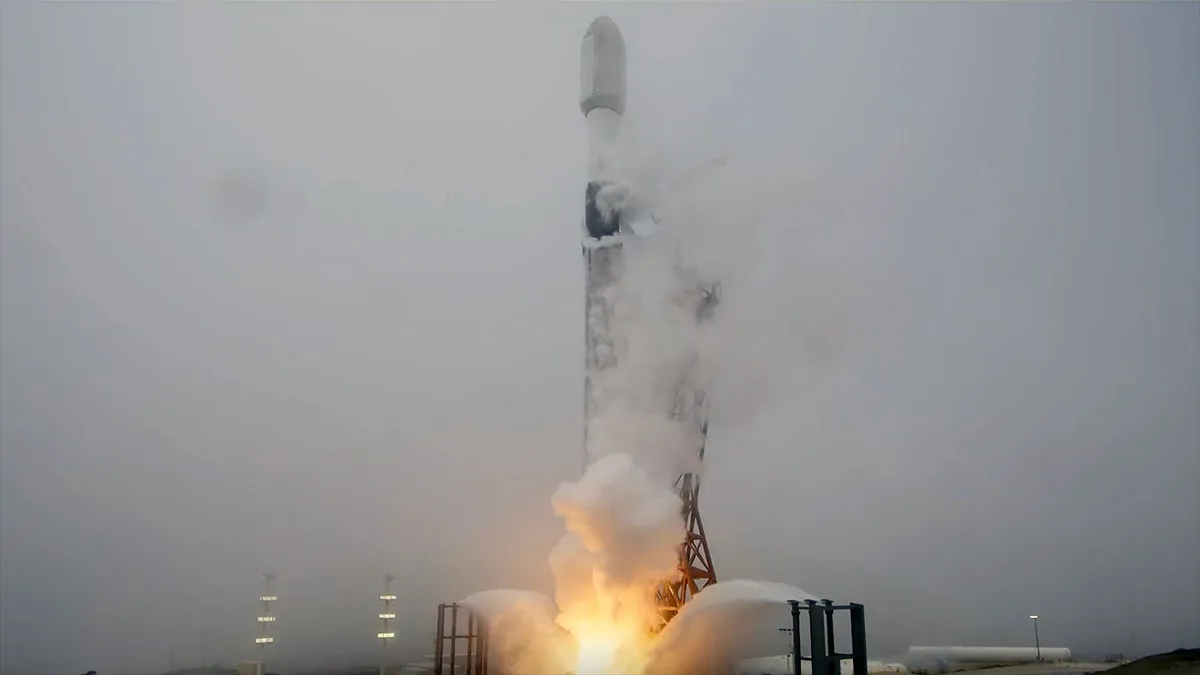
On May 31, SpaceX successfully launched 27 new satellites into Earth orbit, further expanding its Starlink broadband internet constellation. The mission commenced at 1:10 p.m. PDT (4:10 p.m. EDT or 2010 GMT) with the liftoff of a Falcon 9 rocket from the Space Launch Complex 4 East (SLC-4E) located at Vandenberg Space Force Station in southern California. This launch marks another significant milestone in SpaceX's ongoing efforts to provide high-speed internet access across the globe.
Approximately eight minutes post-launch, the first stage of the Falcon 9 rocket successfully returned to Earth, landing vertically on the ocean-based droneship named Of Course I Still Love You. This remarkable achievement represents the 25th flight for this particular booster, which has previously participated in 14 Starlink missions. According to details available on SpaceX's official website, the 27 satellites were expected to be deployed just under an hour after liftoff, reinforcing the efficiency of SpaceX's launch operations.
In a recent update shared with employees at SpaceX's Starship facility in Starbase, Texas, Elon Musk, SpaceX's billionaire founder, emphasized the critical role of the Starlink network. He stated that it serves not only as a vital solution for those lacking access to traditional broadband options but also as a cornerstone of the company's long-term vision. Musk noted that the revenue generated from Starlink internet services is instrumental in funding SpaceX's ambitious plans for human exploration of Mars.
Musk expressed gratitude to Starlink customers, stating, "I would like to thank everyone out there who has bought Starlink because you are helping to secure the future of civilization and helping make life interplanetary." This statement reflects SpaceX's commitment to not only advancing internet connectivity but also paving the way for humanity's future beyond Earth.
The launch of 27 new Starlink satellites marks another step forward in SpaceX's mission to enhance global internet accessibility and support its interplanetary ambitions. As the Starlink network continues to grow, it remains a vital part of SpaceX's strategy for connecting people and exploring new frontiers.